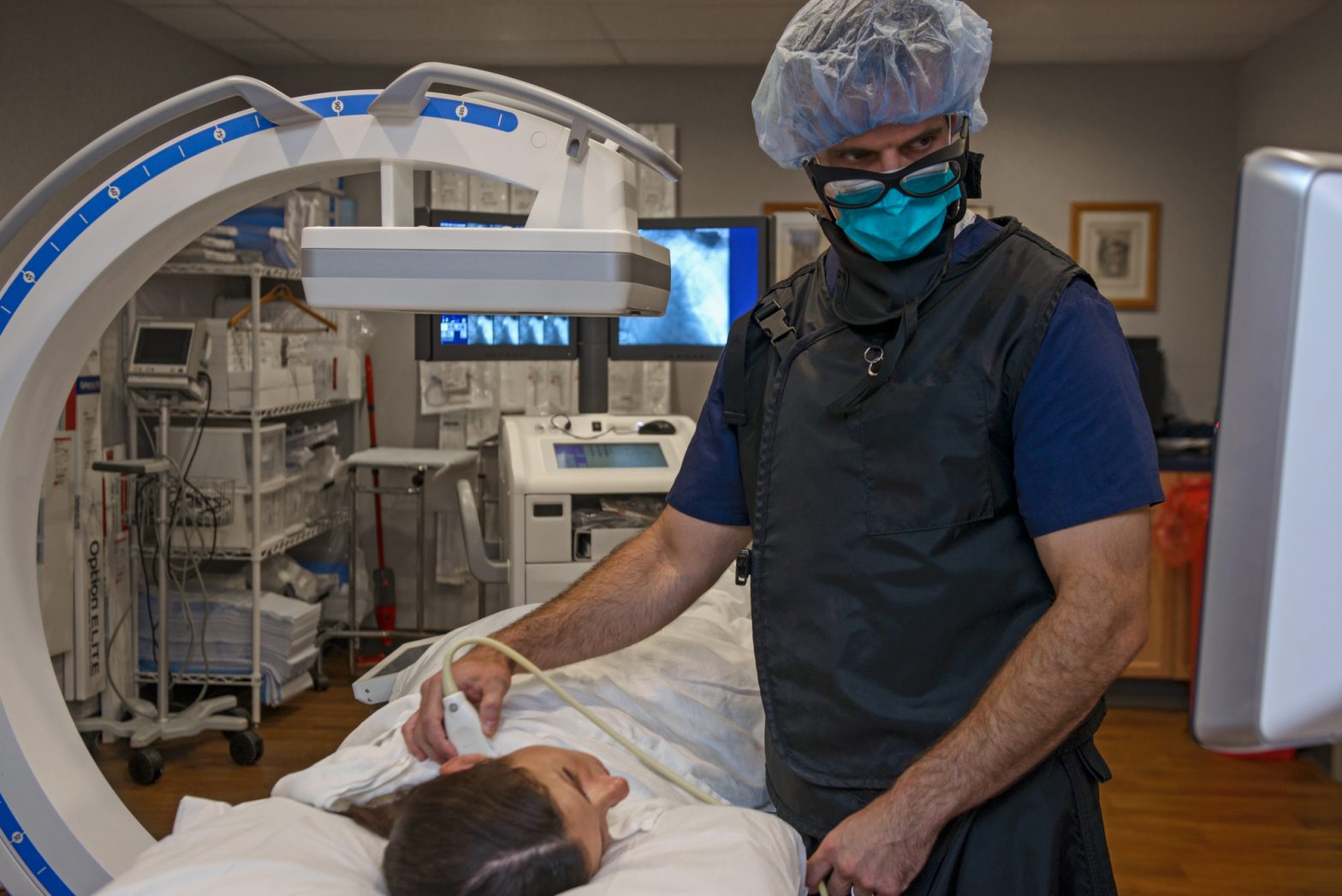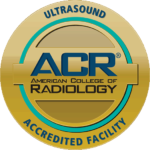
Interventional Radiology (IR) is an exciting and growing medical specialty that enables doctors to perform surgical procedures in order to diagnose, treat and cure a variety of conditions in a minimally invasive way. Most IR treatments are alternatives to procedures that once required open surgery.
The process involves the use of medical imaging such as Digital Radiography (X-RAY), Ultrasound, Magnetic Resonance Imaging (MRI) and Computed Tomography (CT) to guide needles, fine catheter tubes, and/or wires inside the body. No large incisions or general anesthesia is needed.
The essential skills of an interventional radiologist are in diagnostic image interpretation and the manipulation of surgical tools to navigate around the body under image guidance.
The range of conditions that can be treated by IR is vast and continually expanding. In this article, you will learn about the benefits and advantages of these minimally invasive techniques.
Advantages & Benefits:
- Increased Effectiveness: Medical imaging technology gives radiologists high visibility throughout the procedure which increases the accuracy of the diagnosis and improves patient outcomes through targeted treatment.
- Reduced Risks: Compared to conventional surgery, IR offers less blood loss and a lower risk for infection and other common complications that come with open surgery. Also, those who are at higher risk from anesthesia benefit as only local anesthesia and/or moderate sedation is used. Lastly, since the guidance is so precise, the likelihood of damage to surrounding healthy body parts is reduced.
- Outpatient vs. Inpatient Stays: The IR procedures performed at UDMI are done on an outpatient basis. That means the patient is able to return home the same day treatment is received.
- Lower Costs: Outpatient procedures are often significantly less costly than inpatient hospital stays. Additionally, your health insurance provider may cover a higher portion of outpatient procedures resulting in lower out-of-pocket costs for you.
- Less Pain: IR procedures are performed through small incisions, so no stitches, staples, or large bandages are required. A local anesthesia is used so pain experienced during or after the procedure is moderate.
- Quicker Recovery Time: Due to their minimally invasive nature, IR procedures require little recovery time. Generally, patients are able to return to daily life quicker than they otherwise would following traditional surgery.
Interventional Radiology Procedures Performed at UDMI:
- Biopsy/Cyst Aspiration: Extraction
of sample cells or tissue for examination to determine the presence and/or
extent of disease
- Ultrasound-Guided: Thyroid & Breast
- CT-Guided: Abdomen and Pelvic viscera including Liver, and Lymph Node
- MRI-Guided: Breast and Liver
- Paracentesis: Removal of fluid from the abdomen
- Thoracentesis: Removal of fluid from the space between the lungs and chest wall
- Biliary Drainage: Removal of fluid from the liver
- PICC Line, Port Catheter: Placement, evaluation, and removal
- Pain Management Injections: Epidural, nerve block, facet block, small joint, large joint (hip, shoulder, knee).
Interventional Medical Team at UDMI:
For more information
For more information or to schedule an appointment, call 718-931-562 or submit a request on our website.










